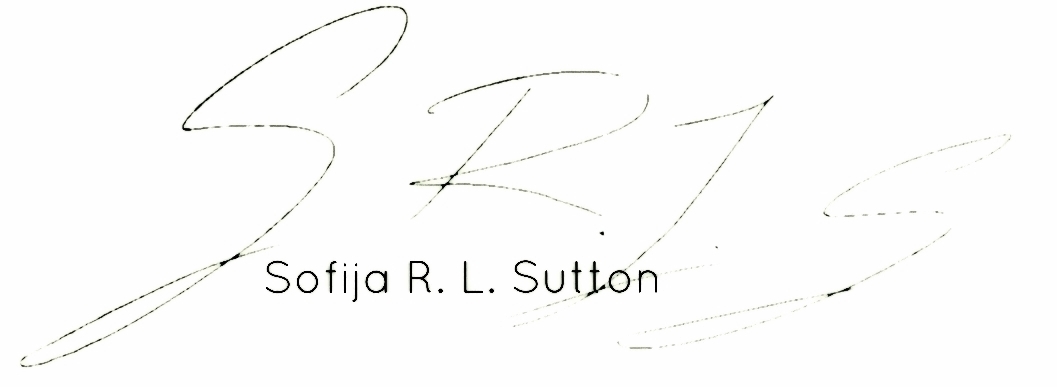“And if you decide not to read anymore, hey, no problem, because you're not the one I was waiting for anyway. But if you decide to read on, then guess what? You're my kind of time being and together we'll make magic!”
- Ruth Ozeki, A Tale for the Time Being
Published in over thirty countries, A Tale for the Time Being (2013) tells the story of Ruth, a Japanese-American writer living on a small island on the Pacific Northwest coast of Canada shortly after the 2011 Japanese tsunami. Ruth is a New Yorker who moved to the rural island for her husband and environmental artist, Oliver. While struggling to write her novel she comes across a freezer bag containing a diary washed up on the beach shore. This diary, written in purple ink, belonged to the troubled schoolgirl Nao living in Tokyo. As Ruth reads Nao’s diary, she becomes increasing obsessed with 16-year-old’s fate.
Nao begins her diary and the book by defining what a “time being” can be- and that she, and we the readers, are all “time beings.” This introductory statement begins the tone of the book: blunt, humorous, rough, and philosophical. Nao spent most of her life in Sunnyvale, California before her father lost his job in the dot-com bubble burst causing the family to return to Tokyo in financial crisis. Nao is miserable, lonely, bullied, and in desperate need of help but her parents are struggling to keep it together as her father repeatedly attempts suicide. The first summer after moving to Tokyo, Nao is sent to live with her 104-year-old great-grandmother and Zen nun for the school holiday where Nao is taught meditation as a “supapawa” for overcoming obstacles and enemies. For Nao, this diary is meant to tell the life story of her great-grandmother so that she may have accomplished something before committing suicide herself.
The book is riddled with footnotes of character and French definitions and supplementary information from Ruth analyzing the diary. Ozeki even includes appendices for lengthier information of scientific ideas, religious philosophies, and information tangential to the plot. This use of format is thrilling and well inline with the idea of the free-flow diary and the human thought process. Ozeki explores and touches upon so many themes; it would take hours to describe them all. Some of the more prominent themes include: death and life of individuals and the planet, theory of infinite possibilities, Zen spirituality, magical powers and linked fates, dangers of the internet, bullying, fiction/fact blending, writer/reader relationships, uncompleted intentions, family history and genetics affecting the present, seeking the ‘now’ in time, linking times and distances over the world and history, and the final choice of trying to live or how to die. Moving, deep, thought provoking, humorous, and disturbing: Ozeki pulls simultaneously at various heartstrings while weaving her multiple storyline together. A Tale for the Time Being feels incredibly and universally human.
Ruth Ozeki is a novelist, filmmaker, and Zen Buddhist priest splitting her home time between New York City and British Columbia. Her most recent novel, A Tale for the Time-Being (2013) was shortlisted for the Man Booker Prize and has won multiple awards including the LA Times Book Prize for Fiction. Running parallel to the characters in her recent novel, Ozeki is the daughter of a Japanese mother and a Caucasian-American father and is married to a man named Oliver. This highly praised novel deserves all of its recognition and I cannot recommend it enough. The themes take time to develop, but rarely does a novel make me stop and ponder life from so many perspectives. Ozeki’s website and blog is a great place to get little snippets of information on her writing, biography, and research that fuels her writing practice.
Good reading!

